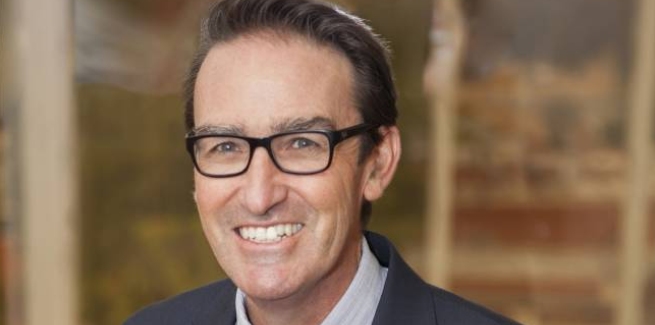New payroll data has shown that around 56,000 employees, previously sustained by JobKeeper, have lost their jobs in the four weeks following the end of the wage subsidy program, Treasury secretary Steve Kennedy told Senate estimates on Tuesday (1 June).
But unemployment fell to 5.5 per cent in April, a percentage point lower than it was in December, while the number of people receiving unemployment benefits has dropped by around 150,000 since the end of March.
“Early indicators suggest that, while there have been some job losses associated with the end of the [JobKeeper] program and there may be more in the future, the strength of the broader labour market has meant that many of these individuals are finding jobs,” Dr Kennedy said to the Senate economics legislation committee.
He further commented that around 400,000 people move in and out of employment in a normal month, with many of the workers hit by the end of JobKeeper expected to regain jobs in the coming weeks.
The government’s May labour market report is due to be released on 17 June.
Meanwhile, businesses were observed to raise their expected investments, taking advantage of the government’s extended instant asset write-off scheme, particularly in machinery and equipment in farming and rural areas, according to Trevor Power, first assistant secretary for Treasury’s macroeconomic group.
Treasury noted a 2.6 per cent increase in business investment in the December national accounts, while a NAB monthly survey reported business confidence increased by 32 points in April.
Australia’s recovery from the COVID-19 crisis has been stronger than expected, with employments and hours worked rising to their pre-pandemic levels, Mr Kennedy told the Senate committee.
As outlined in the federal budget, the economy is forecast to grow by 5.25 per cent in 2021, after a 2.5 per cent contraction in 2020.
Consumer prices are also expected to rise as the childcare subsidy and low petrol prices unwind.
But short-term wage growth expectations remain low – with Treasury only expecting wages to pick up in 2022 to 2023.
“However, the COVID-19 recession and our recovery are unprecedented in recent history, so the speed with which prices and wages respond to reducing slack in the economy remains a key source of uncertainty,” Dr Kennedy said.
“Wage growth could respond more quickly to a fall in the unemployment rate if we start to see a mismatch in the skills employers are looking for and those looking for work.”
The COVID-19 virus is still central to Australia’s economic recovery. The recent outbreak in Victoria has demonstrated that the nation’s path forward can still be shaken, until the population is mostly vaccinated, commented Dr Kennedy.
“The main driver of economic performance is the number and scale of outbreaks,” he said.
Later in the hearings, Dr Kennedy noted: “Even in those countries that don’t impose severe restrictions in the ace of high cast rates, we see withdrawal from economic activity. So, it’s through that confidence lens, it’s an important lens… If people feel the wealth situation is well managed, and part of that is the vaccination program, they’ll feel confident to go about their economic … activity and that will be strong for the economy.”
In the budget, Treasury made the assumption that there will be three lockdowns per quarter across metro areas, until the general population is mostly vaccinated and borders reopen.
Treasury is yet to calculate how much the current Victorian lockdown is costing the economy, but its previous estimates placed the cost per day of past lockdowns at around $100,000.
Another budget assumption was that a population-wide vaccination program would be achieved by the end of the year, with international borders predicted to open in mid-2022. To date, around 4.3 million doses of the AstraZeneca and Pfizer vaccines have been given out in Australia.
The closed borders and negative net overseas migration are tipped to result in Australia’s lowest population growth in more than a century, down to 0.1 per cent in 2020-21.
Find out more about the economic trends and factors impacting the property market at the Better Business Summit 2021. Places are limited so make sure you secure your place at the five-state event asap!
 ;
;

Comments (0)